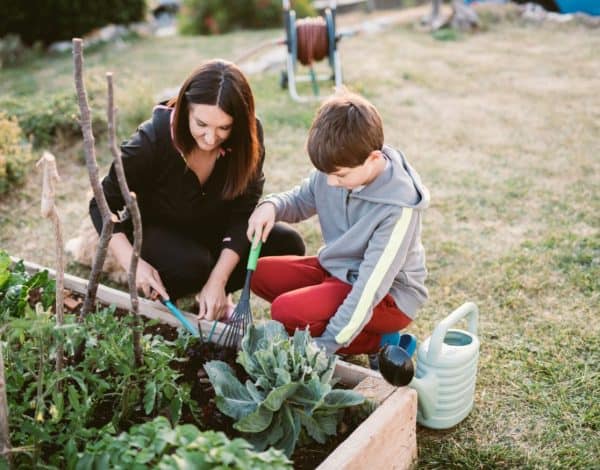Now that Spring is nearly here and the days are getting warmer and longer, it is time to think about your garden. We discuss indigenous gardens and being water wise (which saves you money) and growing for the kitchen!
Your Garden, Your Home and Indigenous Plants
Did you know that while South Africa occupies only 2% of the world’s land surface area, it is home to 10% of the worlds plant species (Source: Convention on Biological Diversity – South Africa Profile.). It is a pretty special place.
The other thing to consider is that South Africa is also a country that experiences water stress and shortages.
This is where you come in. Indigenous plants local to your part of South Africa are likely to survive, and actually thrive on natural rainfall amounts. This means you can mostly rely on the natural rainfall and weather to keep your garden looking good. You don’t have spend on extra water for your garden, which also saves you money. Not only this, but indigenous plants are adapted to the local climate which means they typically need very little attention and are low maintenance.
There is also something special about planting indigenous plants – Support Local! Indigenous plants also attract wildlife, butterflies and birds to your garden.
If you want to read up more about indigenous gardens, have a look at The Indigenous Gardener for tips and inspiration. You might also want to check out your local indigenous nurseries. There are some wonderful ones in South Africa, and not only that, they are a great outdoors family outing.
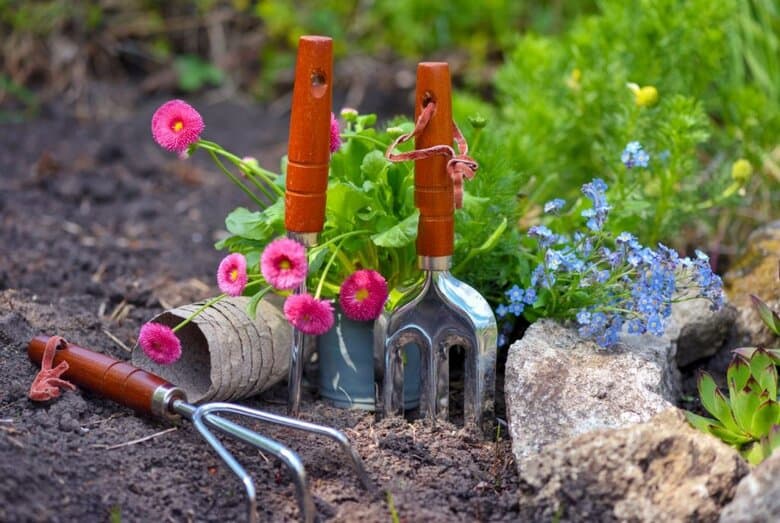
Indigenous Nurseries
There are some passionate gardeners at Chartwell and below are some of their favourite indigenous nurseries.
Random Harvest Nursery, is a very special spot, which coffee shop, picnic spots, birding… and a great selection of indigenous plants. Located in Muldersdrip, Krugerdorp, Gauteng.
Did you know that even the Kruger National Park has an indigenous plant nursery. Just outside the Skukuza camp it was established in 1970, and only uses locally collected seeds and plat materials. Well worth a visit!
Willow Feather Farm in Pretoria has a wonderful selection of indigenous trees, and is a great outing for the family, with restaurant, farm animals and kids play area.
Our WORLD famous Kirstenbosch Botanical Gardens also has a nursery. A lovely range of indigenous plants, proteas and cape bulbs.
The of course… for all the succulent lovers. The Kokerboom nursery in Vanrhynsdorp, Western Cape has a unique range of succelents and the world famous Kokerbooms (large succulent trees).
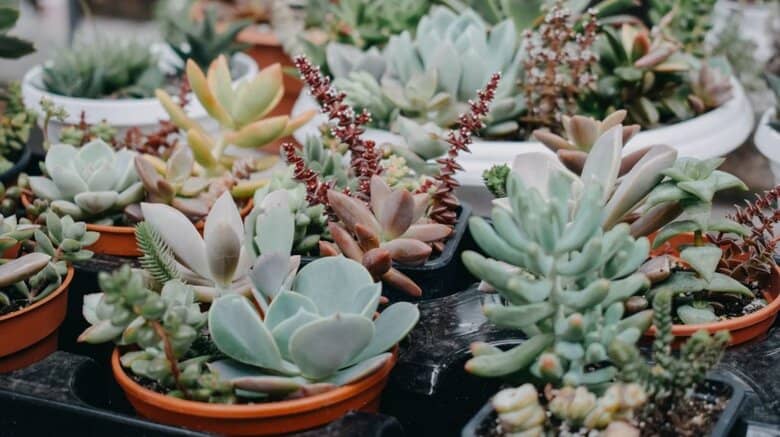
Your Garden, Your Home and the Kitchen
Now that its spring, its time to start planting all your summertime vegetables and herbs. Having herbs in your garden is a fantastic way to quickly and easily spice up a recipe.
So what should you be planting now? You can have a look at Seeds for Africa’s Guide per province.
- For Gauteng, its time to plant beans, beetroot, carrots, celery, lettuce, peas, potatoes, radish, spinach, and tomatoes.
- In the Western Cape its time to to plant beetroot, celery, corn, brinjal, lettuce, parsnip, peas, peppers, potatoes, radish and tomatoes.
- In KwaZulu Natal its time to plant beans, beetroot, cabbage, carrots, corn, cucumber, brinjal, lettuce, melons, parsnip, pumpkin, radish, spinach, tomatoes and watermelon.
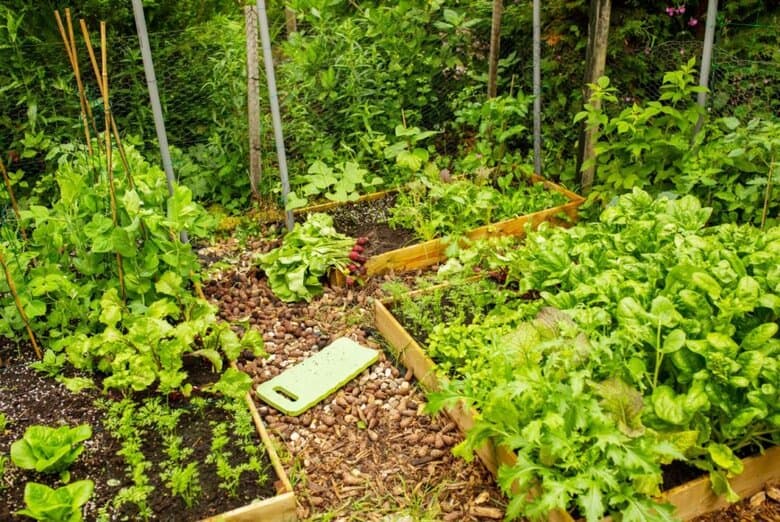
One of our favourite plants is bok choy or pak choi, a light mustardy flavoured vegetable. You can plant it in spring and again in late summer (Source: GrowVeg). This plant also grows a little yellow flower that bees absolutely love. And, its excellent on the braai!
Also don’t get too fussed about planting your vegetables and herbs in specific parts of your garden. The latest trend is just to enjoy them as part of your regular garden – mostly they just want lots of sunshine.
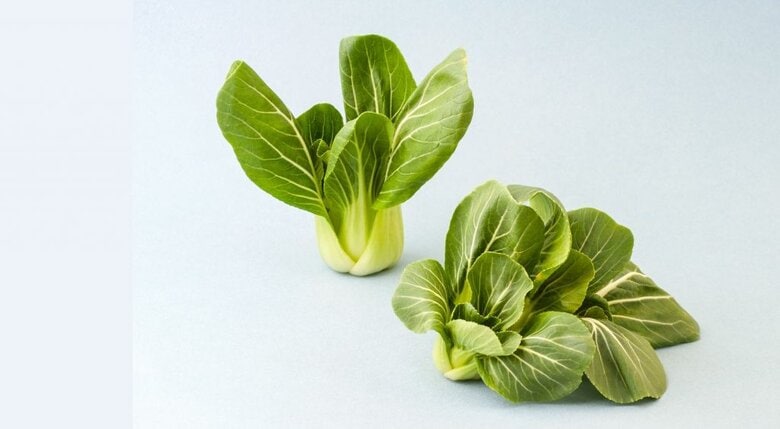
Herbs and Vegetables for a more Shady Garden
Some of us just don’t have the sunniest of gardens. It makes it hard to grow things to eat. However there are a few herbs that you can try: celery, coriander, fennel, mint, oregano, parsley, rocket and watercress. Leafy vegetables can also do quite well such as; lettuce, kale, cabbage, pak choi and spinach.
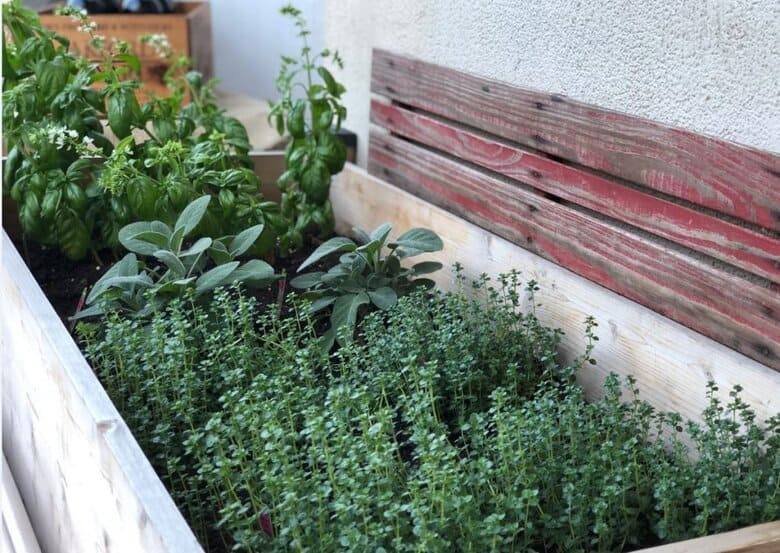
If you want to learn more about gardening, we love watching Tanya Visser on Facebook. She does a live gardening class every Thursday morning covering all types of topics from indoor plants, vegetables, growing for bees and insects, lawns and grass, spring gardening and much more.
